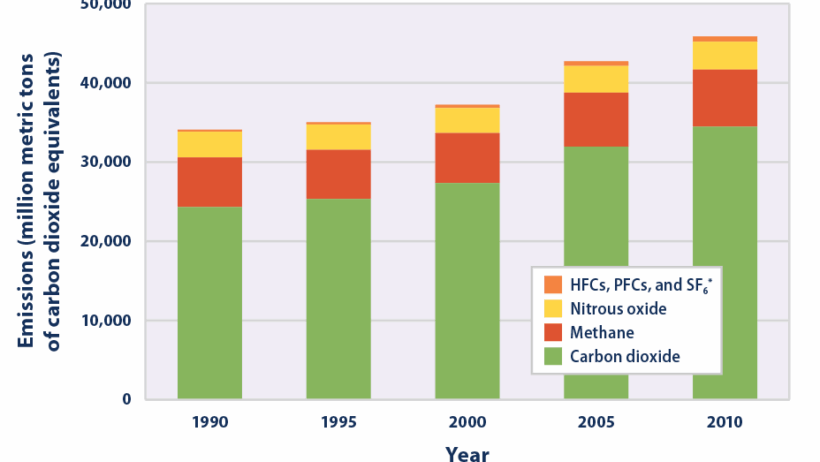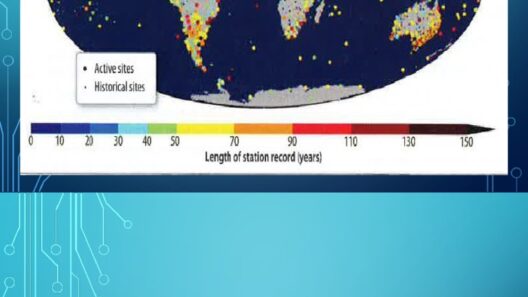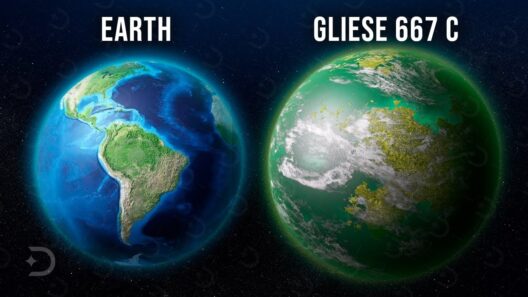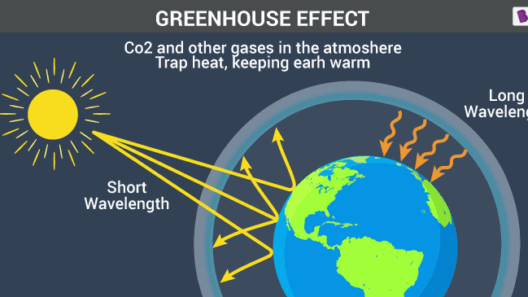In the 21st century, climate change has evolved into one of the most pressing issues of our time. Its consequences extend beyond the environment, affecting economies, health, and societies worldwide. Central to this phenomenon is the role of greenhouse gases (GHGs). Understanding how GHGs influence climate change offers valuable insights into the mechanics of our climate system and the urgency for mitigative action.
Science has intricately mapped the relationship between GHG emissions and climate change, presenting a stark narrative about the path humanity is treading. This article invites you to explore this critical connection, uncovering the enigmatic links between our actions, the atmosphere, and the altered rhythm of nature.
The Science of Greenhouse Gases: A Primer
Greenhouse gases, as their name implies, are gases in the atmosphere that trap heat. The most prevalent of these gases include carbon dioxide (CO2), methane (CH4), nitrous oxide (N2O), and fluorinated gases. Each plays a distinct role in the greenhouse effect, a natural process that warms the Earth’s surface. Without this effect, our planet would be inhospitable, plummeting to a frigid average temperature of -18 degrees Celsius. However, an increase in the levels of these gases results in an enhanced greenhouse effect, leading to global warming.
Carbon dioxide is often vilified as the primary culprit in climate change discussions. Released through fossil fuel combustion, deforestation, and various industrial processes, its atmospheric concentration has risen dramatically since the Industrial Revolution. Methane, though less abundant, is significantly more potent than CO2 in terms of heat retention. It emanates from livestock, landfills, and natural gas extraction, making it a formidable foe against climate stability.
Unraveling the Feedback Loops: A Cycle of Warming
As the Earth warms due to increased greenhouse gas emissions, a series of feedback loops emerge, potentially exacerbating the situation. For instance, warmer temperatures lead to the melting of polar ice, which in turn reduces the Earth’s albedo effect—its ability to reflect sunlight. With less ice, darker ocean and land surfaces absorb more heat, perpetuating warming. This process is not merely cyclical; it accelerates change by creating new environmental dynamics.
Furthermore, thawing permafrost releases yet more methane, thereby intensifying the greenhouse effect. Such feedback mechanisms underscore the urgent need for a comprehensive understanding of our climate systems and highlights the intricate web of interactions that define our Earth. The push for sustainable practices and carbon reduction strategies must contend with these unpredictable elements, necessitating an adaptive approach to environmental stewardship.
Human Activity: The Catalyst for Change
Humanity’s role in the exacerbation of GHG levels cannot be understated. Industrial activities, agriculture, and urbanization contribute to a staggering increase in emissions. The global carbon budget, authorized by human activity, dictates the parameters of climate impacts. Forests, regarded as carbon sinks, have been diminished through deforestation, enabling the fossil fuel economy to flourish with adverse implications for the climate.
Moreover, this environmental consequence is not evenly distributed worldwide. Vulnerable communities often bear the brunt of climate impacts despite being the least responsible for GHG emissions. This juxtaposition emphasizes the ethical dimension of climate action, highlighting the need for equitable solutions that address both environmental sustainability and social justice.
Moving Towards Solutions: Innovations and Initiatives
Mitigating climate change requires innovative solutions that span technological and behavioral dimensions. Transitioning to renewable energy sources—solar, wind, and hydro—represents a pivotal strategy in reducing reliance on fossil fuels. These technologies must be coupled with systemic changes towards sustainable land use, energy efficiency, and a circular economy. The pursuit of holistic approaches may lead to a decrease in GHG emissions, ultimately contributing to global climate goals.
Additionally, each individual has a role to play in combating climate change. From conscious consumerism to advocating for policy changes, grassroots movements can stimulate significant shifts in public concern and governmental action. Educating ourselves and others about the complexities of GHG emissions fosters a collective understanding that fuels advocacy for sustainable practices.
Conclusion: A Call to Action
The intricate relationship between greenhouse gases and climate change reveals a narrative ripe with urgency and potential. As emissions rise, the efficacy of our natural systems diminishes, setting off a cascade of consequences that reverberate globally. By gaining insight into these processes and their implications, we pave the way for informed dialogue and effective action.
As stewards of the Earth, it is incumbent upon us to galvanize a movement toward sustainability and responsibility, transforming our relationship with the environment. Climate change is not an insurmountable challenge but a call to innovate, educate, and act. The future hinges on our choices today; therefore, it is essential to embrace a mindset of curiosity and proactive engagement in reshaping our world for the betterment of all.








